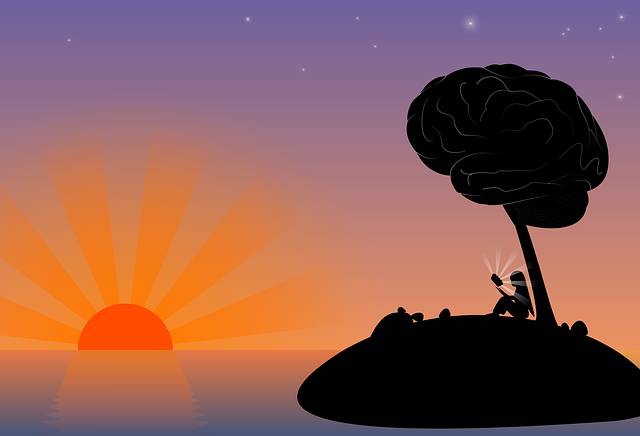In the competitive world of the service industry, businesses are constantly seeking ways to enhance customer satisfaction and, consequently, their bottom line. One area that has seen a significant focus is the art of tipping, where psychological tactics are cleverly employed to encourage customers to tip more generously. This article delves into three primary methods used by the service industry to subtly influence tipping behavior, drawing from psychological research and real-world applications.
### Leveraging Social Proof
Social proof, a concept popularized by psychologist Robert Cialdini, is one of the most potent tools in the service industry's arsenal when it comes to tipping. This principle suggests that people will conform to the actions of others under the assumption that those actions are reflective of correct behavior. In the context of tipping, businesses often display the average tip amount or the percentage of customers who tip, subtly suggesting that tipping is the norm and that a certain level of generosity is expected.
For instance, restaurants might place cards on the table indicating that 90% of customers tip 15% or more. This not only normalizes tipping but also sets a benchmark that customers feel compelled to meet or exceed. The psychological pressure to conform to group behavior can be incredibly effective, leading customers to tip more than they might have otherwise.
### The Power of Nudging
Another strategy is the use of 'nudging', a concept developed by behavioral economists Richard Thaler and Cass Sunstein. Nudges are subtle changes in the environment or in the way choices are presented that influence people's decisions without restricting their freedom of choice. In the realm of tipping, this could mean automatically adding a tip to a bill or placing tip options in a specific order that encourages higher tips.
For example, when paying by card, the machine might first ask if the customer wants to add a 20% tip, then 15%, and finally 10%. This order of presentation nudges customers towards selecting a higher tip percentage, as they are less likely to choose a lower option after being presented with higher ones first. This subtle manipulation of choice architecture can significantly increase the average tip amount.
### Monitoring and Adjusting
The third tactic involves actively monitoring customer tipping behavior and adjusting strategies in real-time. By analyzing data on tipping patterns, businesses can identify trends and adjust their approaches to maximize tips. This could involve changing the way tips are requested, the timing of the request, or even the demeanor of the staff.
For instance, if data shows that customers tip more when asked directly for a tip rather than being given options, staff might be instructed to ask for a specific amount. Similarly, if it's observed that tips increase when servers are more personable and attentive, training programs can be implemented to enhance customer service skills. This data-driven approach allows businesses to fine-tune their strategies for optimal tipping outcomes.
### Conclusion
The service industry's use of psychology to influence tipping behavior is a fascinating intersection of consumer behavior and psychological manipulation. By leveraging social proof, employing nudges, and monitoring customer behavior, businesses can significantly increase the amount of tips they receive. While these tactics may seem manipulative, they are often used within the bounds of ethical practice, aiming to enhance the customer experience rather than exploit it. As consumers, understanding these psychological influences can help us make more informed decisions about our own tipping behavior.




发表评论 取消回复